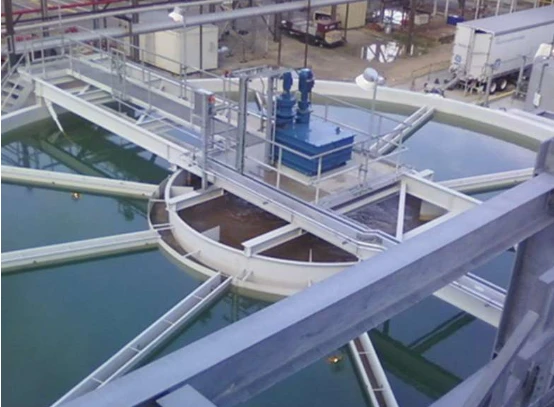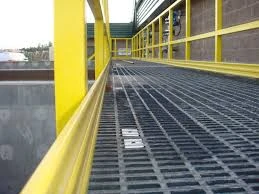
-
 Afrikaans
Afrikaans -
 Albanian
Albanian -
 Amharic
Amharic -
 Arabic
Arabic -
 Armenian
Armenian -
 Azerbaijani
Azerbaijani -
 Basque
Basque -
 Belarusian
Belarusian -
 Bengali
Bengali -
 Bosnian
Bosnian -
 Bulgarian
Bulgarian -
 Catalan
Catalan -
 Cebuano
Cebuano -
 China
China -
 China (Taiwan)
China (Taiwan) -
 Corsican
Corsican -
 Croatian
Croatian -
 Czech
Czech -
 Danish
Danish -
 Dutch
Dutch -
 English
English -
 Esperanto
Esperanto -
 Estonian
Estonian -
 Finnish
Finnish -
 French
French -
 Frisian
Frisian -
 Galician
Galician -
 Georgian
Georgian -
 German
German -
 Greek
Greek -
 Gujarati
Gujarati -
 Haitian Creole
Haitian Creole -
 hausa
hausa -
 hawaiian
hawaiian -
 Hebrew
Hebrew -
 Hindi
Hindi -
 Miao
Miao -
 Hungarian
Hungarian -
 Icelandic
Icelandic -
 igbo
igbo -
 Indonesian
Indonesian -
 irish
irish -
 Italian
Italian -
 Japanese
Japanese -
 Javanese
Javanese -
 Kannada
Kannada -
 kazakh
kazakh -
 Khmer
Khmer -
 Rwandese
Rwandese -
 Korean
Korean -
 Kurdish
Kurdish -
 Kyrgyz
Kyrgyz -
 Lao
Lao -
 Latin
Latin -
 Latvian
Latvian -
 Lithuanian
Lithuanian -
 Luxembourgish
Luxembourgish -
 Macedonian
Macedonian -
 Malgashi
Malgashi -
 Malay
Malay -
 Malayalam
Malayalam -
 Maltese
Maltese -
 Maori
Maori -
 Marathi
Marathi -
 Mongolian
Mongolian -
 Myanmar
Myanmar -
 Nepali
Nepali -
 Norwegian
Norwegian -
 Norwegian
Norwegian -
 Occitan
Occitan -
 Pashto
Pashto -
 Persian
Persian -
 Polish
Polish -
 Portuguese
Portuguese -
 Punjabi
Punjabi -
 Romanian
Romanian -
 Russian
Russian -
 Samoan
Samoan -
 Scottish Gaelic
Scottish Gaelic -
 Serbian
Serbian -
 Sesotho
Sesotho -
 Shona
Shona -
 Sindhi
Sindhi -
 Sinhala
Sinhala -
 Slovak
Slovak -
 Slovenian
Slovenian -
 Somali
Somali -
 Spanish
Spanish -
 Sundanese
Sundanese -
 Swahili
Swahili -
 Swedish
Swedish -
 Tagalog
Tagalog -
 Tajik
Tajik -
 Tamil
Tamil -
 Tatar
Tatar -
 Telugu
Telugu -
 Thai
Thai -
 Turkish
Turkish -
 Turkmen
Turkmen -
 Ukrainian
Ukrainian -
 Urdu
Urdu -
 Uighur
Uighur -
 Uzbek
Uzbek -
 Vietnamese
Vietnamese -
 Welsh
Welsh -
 Bantu
Bantu -
 Yiddish
Yiddish -
 Yoruba
Yoruba -
 Zulu
Zulu
Jan . 09, 2025 10:42
Back to list
Tanks and Vessels
FRP scrubbers, an essential component in industrial settings, have seen remarkable advancements over the years. The importance of these fiberglass-reinforced plastic scrubbers cannot be overstated, particularly in environments where air pollution control is paramount. While there are a variety of materials used in manufacturing scrubbers, FRP remains a top choice due to its unique combination of durability, corrosion resistance, and cost-effectiveness.
Trustworthiness and reliability are central to the performance of FRP scrubbers. Regular maintenance schedules, informed by decades of operational data, are crucial in upholding performance and extending the operational life of these systems. A well-maintained scrubber effectively mitigates emissions and reduces environmental impact, aligning with global standards for air quality. Consulting with industry experts during the selection and installation of an FRP scrubber is invaluable. These professionals bring a wealth of knowledge, offering insights that stem from technical expertise and years of hands-on experience. Their guidance ensures that the scrubber system is adequately designed to handle the specific output and pollution levels of any given facility. Furthermore, an understanding of local and international environmental regulations is crucial. An FRP scrubber's design must consider these legal requirements to avoid costly fines and ensure community safety. Experienced advisors are instrumental in navigating these complex regulatory landscapes, offering solutions that are compliant and ethically sound. Ultimately, the decision to incorporate FRP scrubbers isn't just about meeting regulatory standards; it's about committing to sustainable practices and responsible stewardship of the environment. Industries adopting these systems underscore their dedication to reducing their carbon footprint and preserving public health. In conclusion, investing in an FRP scrubber is a decision powered by experience, expertise, and a commitment to environmental responsibility. Industrial leaders seeking to enhance their pollution control measures would greatly benefit from the reliability, durability, and versatility of FRP technology. By capitalizing on expert knowledge and ensuring rigorous maintenance routines, industries can trust in the long-term performance and effectiveness of their scrubber systems.


Trustworthiness and reliability are central to the performance of FRP scrubbers. Regular maintenance schedules, informed by decades of operational data, are crucial in upholding performance and extending the operational life of these systems. A well-maintained scrubber effectively mitigates emissions and reduces environmental impact, aligning with global standards for air quality. Consulting with industry experts during the selection and installation of an FRP scrubber is invaluable. These professionals bring a wealth of knowledge, offering insights that stem from technical expertise and years of hands-on experience. Their guidance ensures that the scrubber system is adequately designed to handle the specific output and pollution levels of any given facility. Furthermore, an understanding of local and international environmental regulations is crucial. An FRP scrubber's design must consider these legal requirements to avoid costly fines and ensure community safety. Experienced advisors are instrumental in navigating these complex regulatory landscapes, offering solutions that are compliant and ethically sound. Ultimately, the decision to incorporate FRP scrubbers isn't just about meeting regulatory standards; it's about committing to sustainable practices and responsible stewardship of the environment. Industries adopting these systems underscore their dedication to reducing their carbon footprint and preserving public health. In conclusion, investing in an FRP scrubber is a decision powered by experience, expertise, and a commitment to environmental responsibility. Industrial leaders seeking to enhance their pollution control measures would greatly benefit from the reliability, durability, and versatility of FRP technology. By capitalizing on expert knowledge and ensuring rigorous maintenance routines, industries can trust in the long-term performance and effectiveness of their scrubber systems.
Related Products









